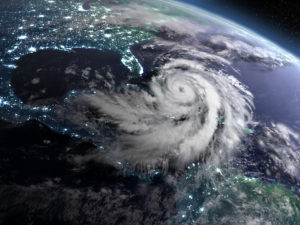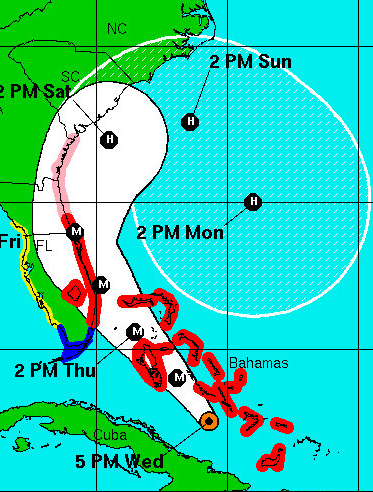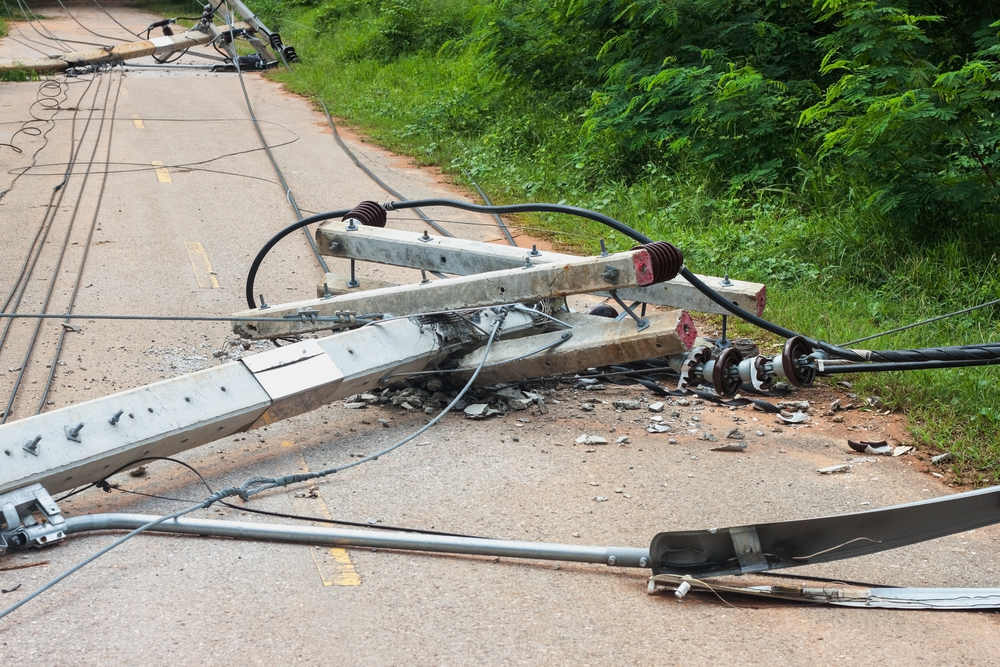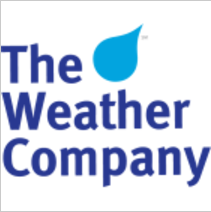
Predicting Hurricane Damage with Machine Learning

Hurricane Matthew (Harvepino/Shutterstock)
Next week marks the start of a hurricane season that weather experts predict will generate an above-average number of tropical storms. While there’s no stopping a hurricane, data scientists with The Weather Company hope to give those in the path of a big storm more accurate predictions of damage so they can better prepare.
Meteorologists are much-improved at predicting the intensity and the path of tropical storms over the past several decades. The amount of forewarning that residents now receive has been instrumental in reducing the loss of life associated with these mammoth storms.
Now, IBM’s weather-loving subsidiary is hoping to take those storm forecasts to the next level by predicting the actual damage that storms will do. The Weather Company’s General Manager of B2B New Markets, Maia Sisk, recently discussed the new machine learning solution, which it launched in April and aims to help utilities prepare for the impact of major storms.
“It helps the utility get ahead of the situation by forecasting the impact in advance, and helping them to plan what level of resource they need to have available so they can mobilize quickly and get people back up on their feet quicker,” Sisk tells Datanami.
Machine learning is central to the solution. The data science begins with The Weather Company’s forecast, which is an ensemble of more than 100 different predictions made by a range of sources, including weather forecasts from the U.S. National Weather Service and the U.K.’s Met Office.
The Weather Company takes the standard forecast a step further by incorporating an outage model into the prediction. The outage model brings additional data points to bear, including a model of a utility’s distribution network, the history of outages for the area, weather history pulled from the company’s Weather Underground, and the type and density of groundcover in the region.

Hurricane Matthew’s predicted path
“We built an analytical model that use a machine learning-approach to categorize weather events as the forecast is coming in and is being updated on a regular basis,” Sisk says. “We then apply those to information we have about the utility’s distribution network and exactly what weather conditions create that amount of outages for that specific utility and their specific distribution network. We provide the result of that analysis back in an actionable format to the utility’s operations center so they can take action.”
Details matter immensely to the outcome of the model. For example, a utility with an underground infrastructure will not be as prone to wind events as a utility that owns hundreds of miles of power lines. And utilities that operate in areas with dense tree covers are even more prone to outages than utilities that work in areas with little foliage.
“We also bring in their outage history and their resource deployment history so we can help them optimize their resource deployment,” Sisk says. “This is important because utilities, like any business, need to strike balance between cost and resources.”
When a storm is predicted, The Weather Company can run the predicted hurricane path – along with its wind and rates predictions — through the outage model to determine how great an impact the storm is likely to have on the utility’s operations.
The model can deliver damage predictions that are 70 to 80 percent accurate 72 hours before the storm is expected. That gives utilities enough time to arrange to have enough crews to repair the downed lines after the storm has passed through. Getting the forecast in a timely manner is critical to good preparation, Sisk says. “Once you get to 24 or 12 hours out, there’s not a lot of leeway to change the decisions that have been made up to that point,” she says.
The solution has the capability to save utilities millions of dollars per year in over-preparation for major storms, Sisk says. “In the absence of more accurate information, utilities will tend to over deploy,” she says. “There’s the occasional under-deployment, which in some ways is even worse because you leave customer hanging without power.”

The Weather Company is offering utilities detailed predictions on the actual impact of hurricanes (KanitChurem/Shutterstock)
The Weather Company expects utilities in hurricane-prone regions to be among the first customers of this new service. However, there’s no reason why the solution couldn’t be used to predict the impact of winter storms as well. “Severe straight-line winds do a lot of damage and take a lot of powerlines, too,” she says.
IBM has plans to add additional data types into the mode, including things like population densities and soil moisture levels, which can help predict whether trees will be more prone to falling over during a high-wind event. “There’s a lot of different contextual information that we’re starting to bring to bear,” Sisk says.
Getting weather forecasts is not difficult in this day and age. In fact, there are a plethora of outfits generating their own forecasts – although Sisk points out that The Weather Company’s sister company, The Weather Channel, was rated as having the most accurate weather forecasts by Forecast Watch.
“We recognize there are a lot of options out there” for weather forecasts, Sisk says. “But where we’re taking it to the next level is not predicting the weather, but predicting the outcome, the number of outages and where they’re going to be, and then help with the business decision-making.”
The Weather Company may get a chance to try out its new approach soon. Earlier today, the company updated its hurricane prediction for 2017, which now forecasts 14 named storms, including seven hurricanes and three major hurricanes. That’s slightly more than the long-term average since 1950, although it’s slightly below the recent “active period” level since 1995.
June 1 may be just another day to most Americans, but for people living in Southern Florida and other hurricane-prone regions, it’s the day they start paying a little extra attention to the weather. People in Miami are well aware that it’s been almost 12 years since a major hurricane hit the area. That drought will not last forever.
Related Items:
U.S. Taps Data to Improve Forecasts
Data ‘Assimilation’ Seen as Weak Link in U.S. Weather Forecasts



























